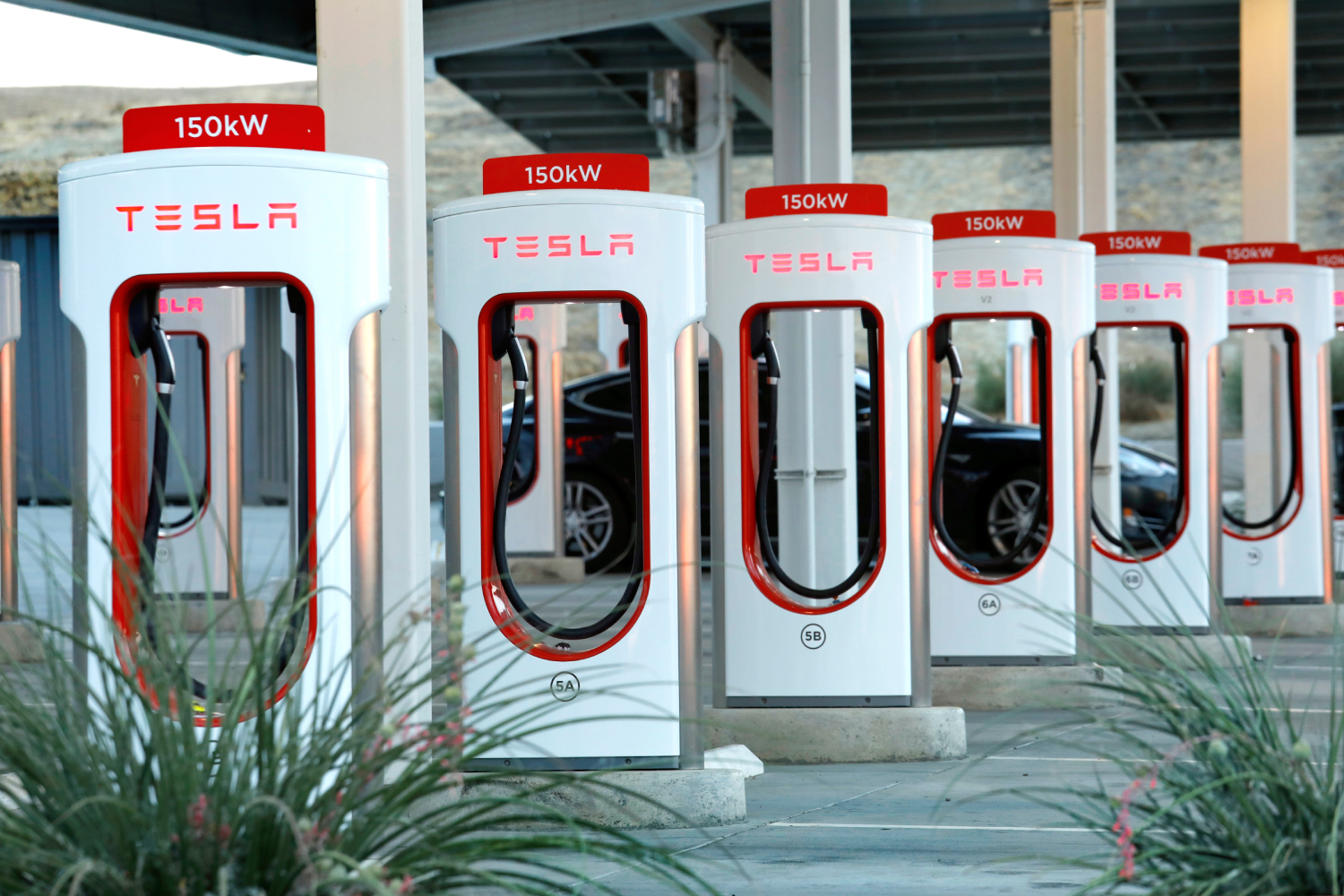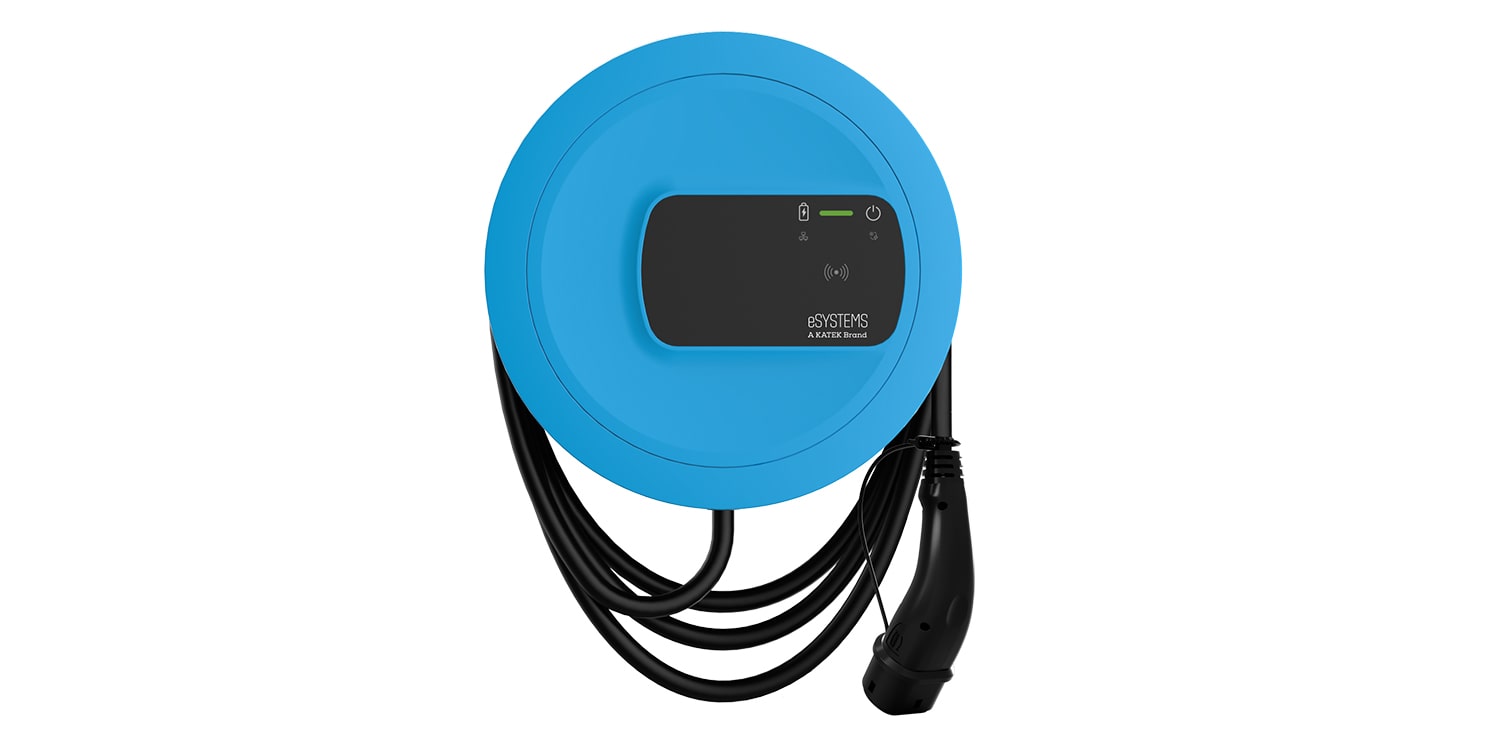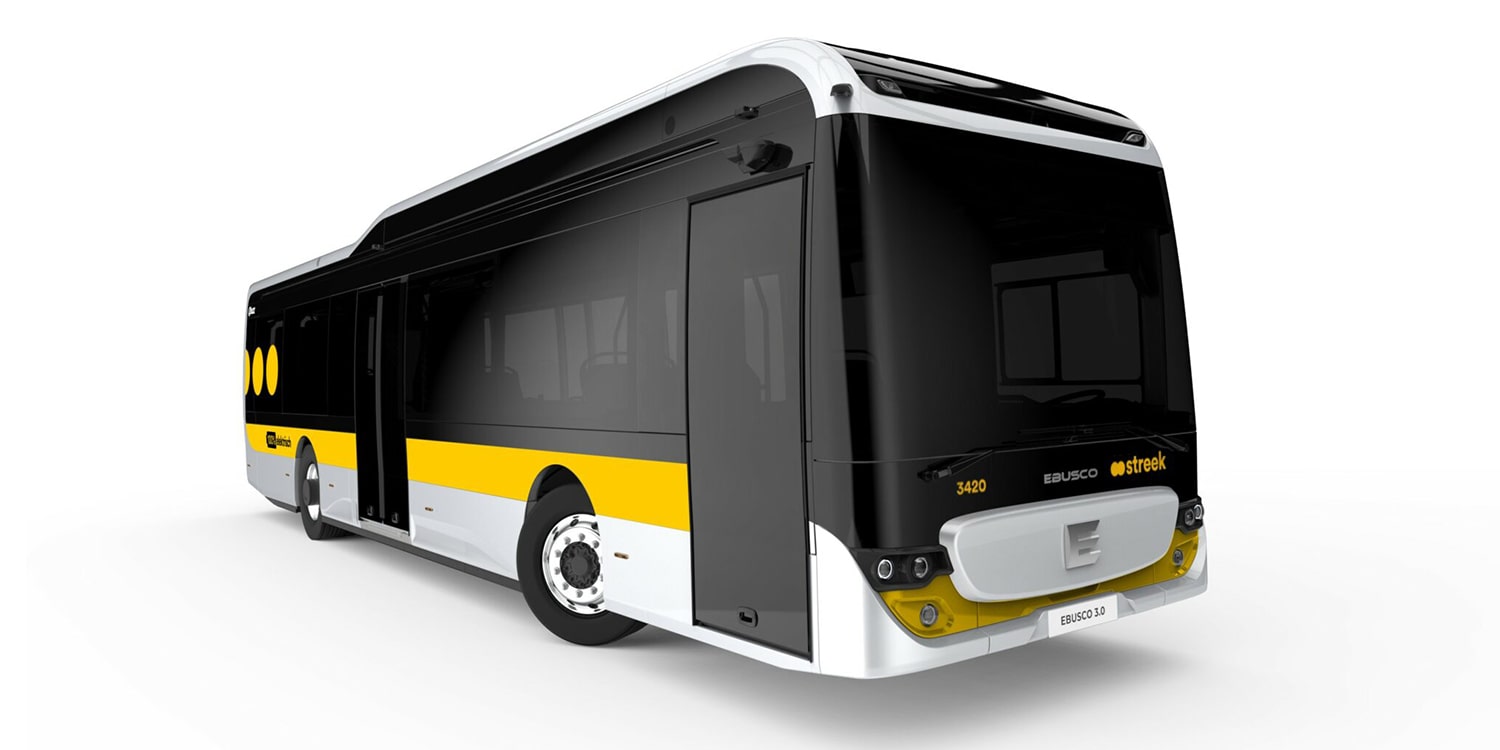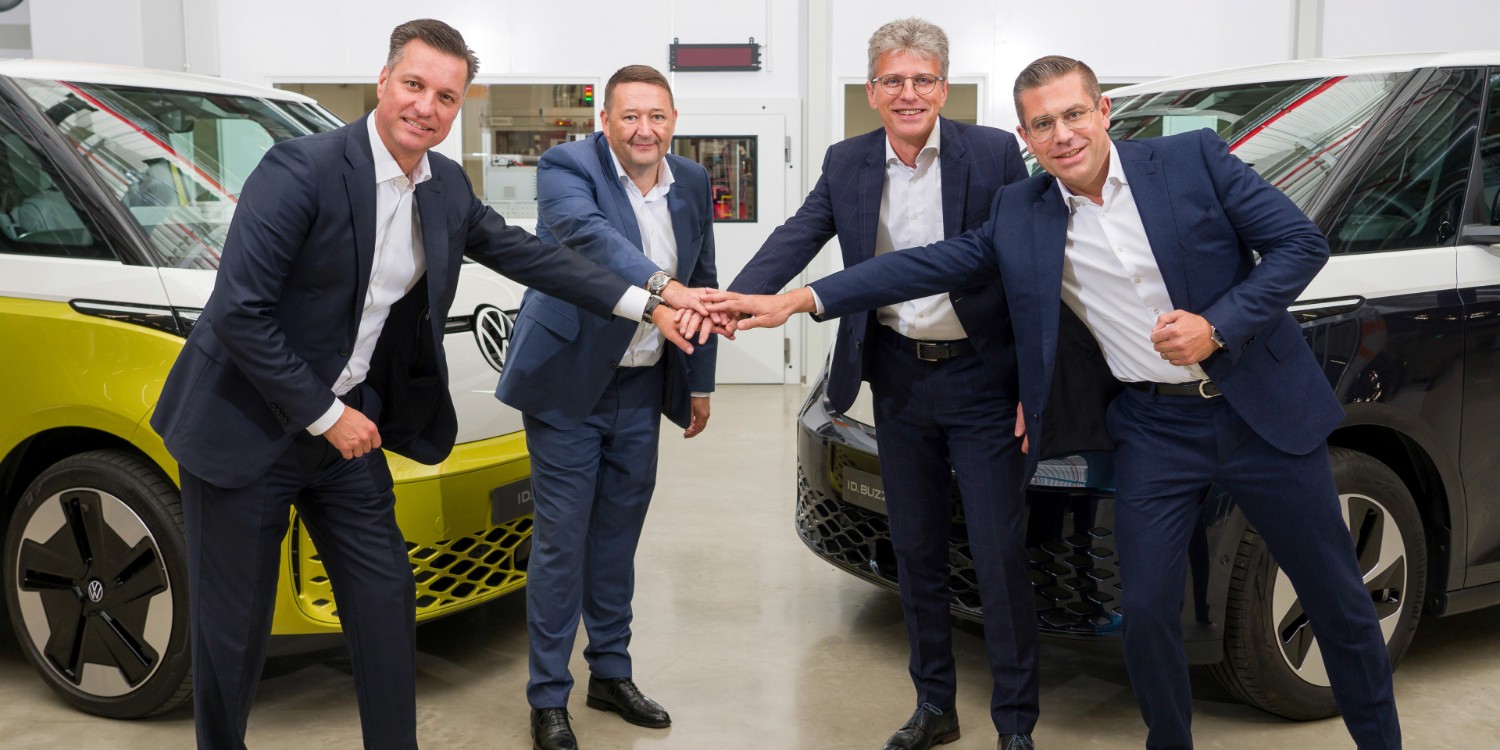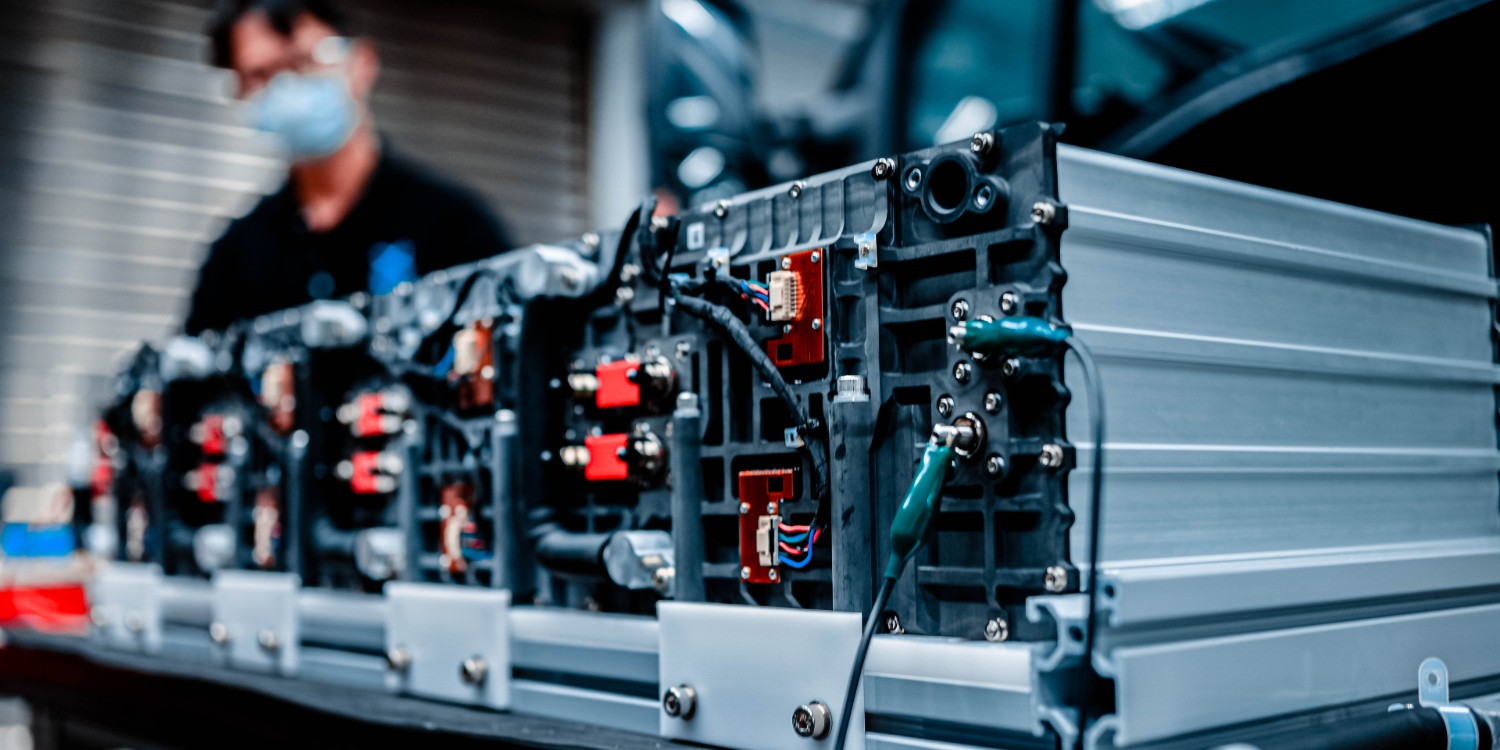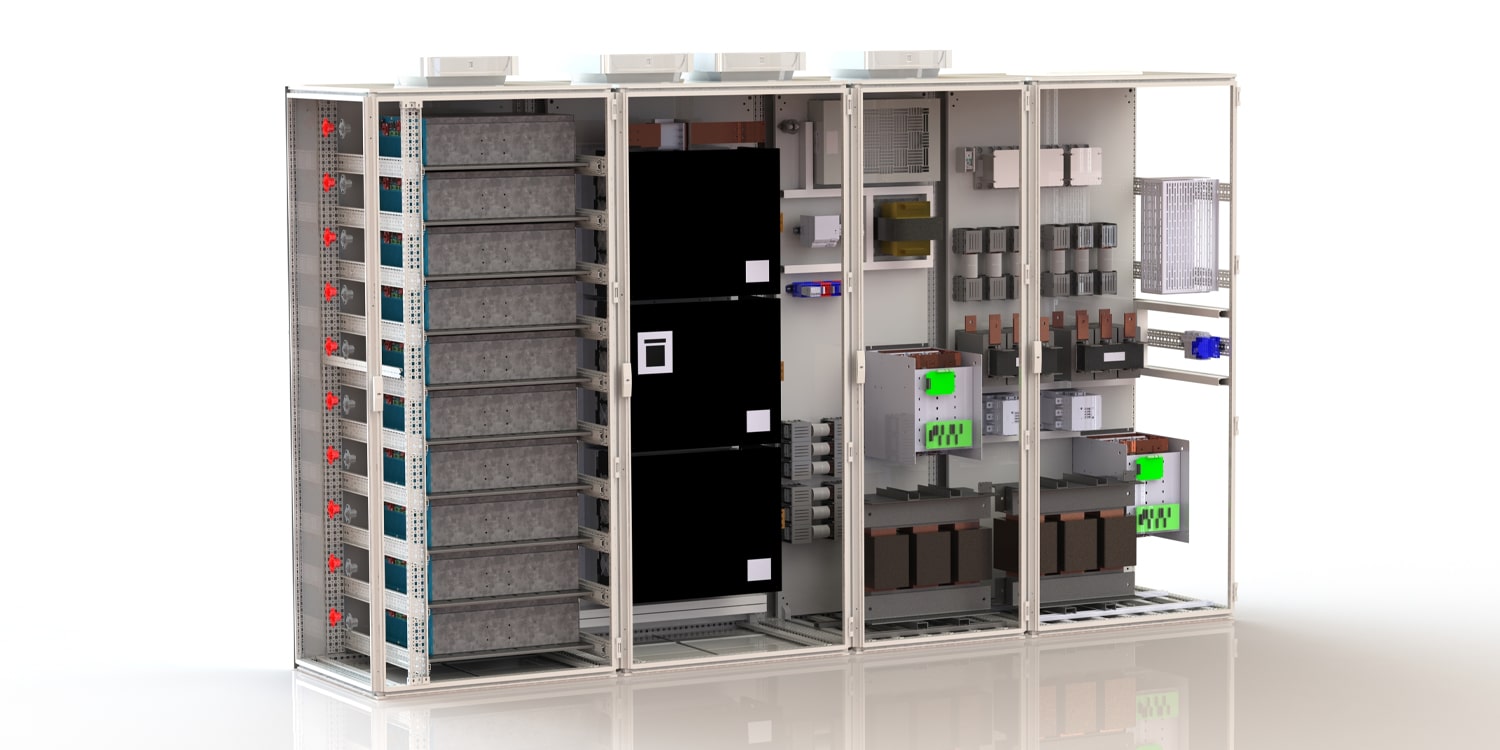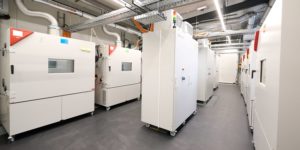Tesla has recently opened up more of its Supercharger locations across Europe to electric cars from other brands. While the number of European countries with approved Superchargers has remained the same, there has been a significant increase in the number of stations that can be used by other electric car brands.
Tesla first made selected Superchargers available to all brands in Italy last November, and this has since been expanded to a total of 15 European countries. While this remains the case, the number of approved stations has grown significantly.
In Germany, 69 of the 153 Supercharger locations can now be used with electric cars from other brands, a process that started with 16 Supercharger locations in June 2022. With 69 locations, each with several Superchargers, Tesla is now the fourth largest high-power charging (HPC) operator behind EnBW, Aral Pulse, and Ionity.
In the Netherlands, almost all of Tesla’s fast chargers have already been opened for third-party use, with the exception of the recently opened V4 Supercharger in Harderwijk. A special feature of the V4 Superchargers is that the charging cable is longer, which should make it easier to charge other electric cars that do not have the charging port in the same place as Teslas.
While there are no official figures on the actual usage statistics for electric cars from other brands, there has not been a rush to use the open Superchargers, except for a few peak days around public holidays. This may be due to the challenges around the short cables and slightly higher prices for third-party chargers.
In the USA, the first Superchargers were opened up to third-party brands in mid-February as part of an agreement between Tesla and the US government on the eligibility of new Superchargers. However, since Tesla insists on using its own plug format called NACS in North America, these selected stations have been retrofitted with a special CCS adapter so that electric cars of other brands can also be charged. The challenge of the comparatively short cables remains, as the first videos from the USA show.
Tesla’s decision to open up its Superchargers to other electric car brands is a significant move towards interoperability and a more accessible charging infrastructure. While there are still some challenges to overcome, such as the length of the charging cables and price differentials, it is a positive step towards making electric car charging more convenient and widespread.

